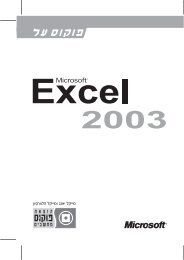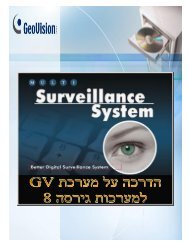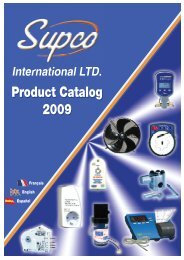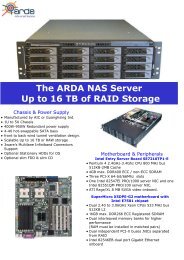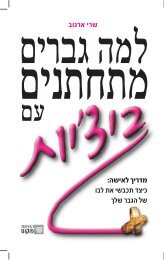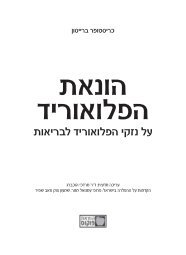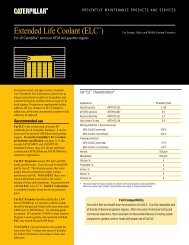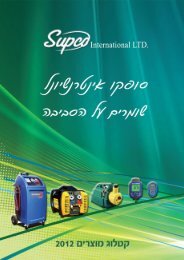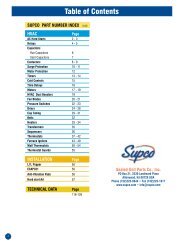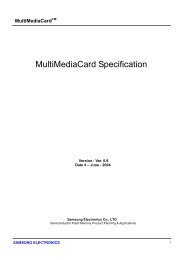Epigraphs Note on Terminology Acknowledgments Introduction
Epigraphs Note on Terminology Acknowledgments Introduction
Epigraphs Note on Terminology Acknowledgments Introduction
Create successful ePaper yourself
Turn your PDF publications into a flip-book with our unique Google optimized e-Paper software.
epresenting Col. Warren’s office, and W. Langham representing the Santa<br />
Fe group.” Folder 4, Box S0F01B230, ACHRE, RG 220.<br />
4. “Distributi<strong>on</strong> and Excreti<strong>on</strong> of Plut<strong>on</strong>ium Administered Intravenously to<br />
Man,” September 20, 1950, Divisi<strong>on</strong> of Health and Biology, Folder 5, Box<br />
S0F01B230, ACHRE, RG 220.<br />
5. Welsome, The Plut<strong>on</strong>ium Files, p. 475.<br />
6. Details of those government experiments were declassified in 1994. On<br />
June 5, 1945, for example, a University of Rochester letter marked “Secret”<br />
details plans for “increasing the human metabolism studies.” Ten additi<strong>on</strong>al<br />
patients are scheduled for “injecti<strong>on</strong> with T [code for uranium],” the letter<br />
states. “The preparati<strong>on</strong> and analysis will be d<strong>on</strong>e by Dr. Hodge,” notes the<br />
author, Dr. Andrew Dowdy, to Dr. W. F. Bale, of Rochester’s “Special Problems<br />
Divisi<strong>on</strong>.” The letter is cc’d to Dr. Hodge. Dr. Andrew Dowdy to Dr.<br />
W. F. Bale, Special Problems Divisi<strong>on</strong>. University of Rochester intramural<br />
corresp<strong>on</strong>dence, Box S0F01B230, ACHRE, RG 220.<br />
The following year, 1946, Hodge was given direct resp<strong>on</strong>sibility for the<br />
experiments. L. H. Hemplemann and Wright H. Langham, “Detailed Plan of<br />
Product Part of Rochester Experiment.” This document has a secti<strong>on</strong> called<br />
“General Plan of the Rochester Experiment” at p. 5, which details Hodge’s<br />
involvement in the uranium experiments. Document marked 9000528, Box<br />
S09F01B230, ACHRE, RG 220.<br />
7. The document, titled “Detailed Plan of Product [code for plut<strong>on</strong>ium] Part<br />
of Rochester Experiment,” includes a secti<strong>on</strong> <strong>on</strong> other human experiments.<br />
The medical director, Stafford Warren, had determined that “fifty subjects”<br />
were needed, ten for each substance, the document explained, “in order to<br />
establish, <strong>on</strong> a statistically significant number of subjects, the metabolic<br />
behavior of the hazardous material, product [code for plut<strong>on</strong>ium], radium,<br />
postum, tuballoy [code for uranium] and lead.” Under the subheading “Pers<strong>on</strong>nel<br />
and Distributi<strong>on</strong> of Resp<strong>on</strong>sibility,” a single name is listed for the<br />
uranium experiments: “Harold Hodge.” Both patient accounts are from<br />
University of Rochester M<strong>on</strong>thly Progress Reports, for April 1947 (M-1968)<br />
and February 1947 (M-1954), Box S09F01B230, ACHRE, RG 220.<br />
An internal Rochester report <strong>on</strong> the experiments, “The Tolerance of<br />
Man for Hexavalent Uranium,” noted that for the final subject, the alcoholic,<br />
the experiments had been successful, and that the “rise in urinary<br />
catalase and protein” from the man’s liver suggested that, for uranium exposure,<br />
“tolerance had been reached.” Samuel Basset, Albert Frenkel, Nathan<br />
Cedars, Helen Can Alstine, Christine Waterhouse, and Katherine Cuss<strong>on</strong>,<br />
“The Tolerance of Man for Hexavalent Uranium,” Folder 4, Box S0F01B230,<br />
ACHRE, RG 220.<br />
8. Dr. Sweet wanted to study whether uranium could be used in “therapy of<br />
brain tumors.” See Bob Bernard, interviewed by Newell Stannard in 1975, for<br />
Hodge link to uranium injecti<strong>on</strong>s <strong>on</strong> Bill Sweet’s patients at Massachusetts<br />
General Hospital. DOE Opennet #0026691. However, according to an internal<br />
report from the Uni<strong>on</strong> Carbide Nuclear company, the Atomic Energy




